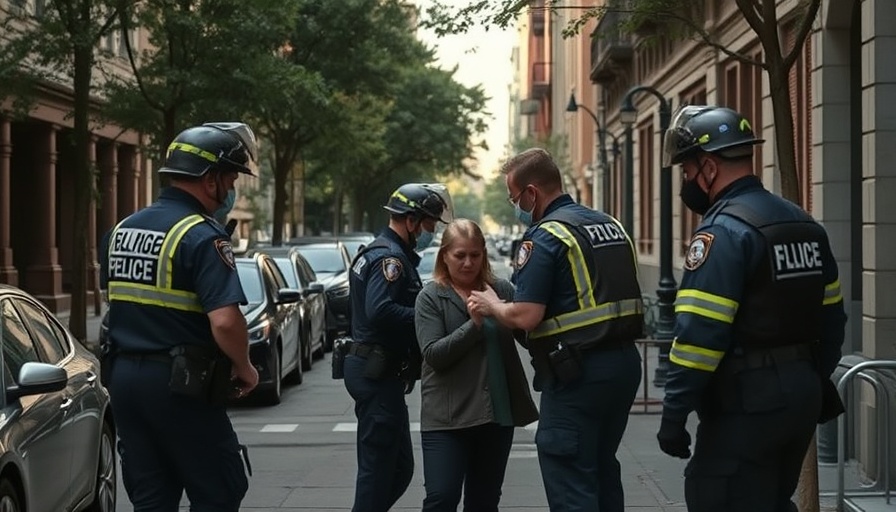
Day 71 of the San Francisco Crackdown: A Community Divided
In San Francisco’s vibrant Mission District, the ongoing crackdown has sparked a flurry of conversation among residents and visitors alike. Day 71 marks a continuous police presence aimed at addressing public safety concerns, but questions remain about the effectiveness and equity of these efforts. The sun shines brightly over 16th and Mission streets, creating a stark contrast against the backdrop of rising tensions regarding policing practices.
Public Perception: The Double Standard
Amid the bustling streets and the sounds of morning commutes, conversations about policing practices are amplified. Residents at the plaza voiced notable frustrations, highlighting perceptions of racial profiling and unequal treatment during police interactions. One individual mentioned, "The police will stop and ticket me for this beer before they say anything to someone doing drugs." This sentiment reflects a growing concern among community members that law enforcement is more stringent in their actions towards specific demographics, particularly Hispanic individuals. Such claims, whether anecdotal or systemic, underline the complexities surrounding the implementation of public safety measures.
A Cleaner Mission: Local Business Perspectives
While some residents express dissatisfaction, local business owners like Adel Alghazali of Aramex restaurant view the increased police presence positively. Alghazali stated, "The more police show up the better. The bad guys will think twice." His perspective is crucial as local businesses play an integral role in shaping community dynamics. Business owners are calling for further action to enhance public safety, especially with summer approaching, indicating a desire for cleaner and safer streets for children and families. Balancing crime control and encouraging a welcoming atmosphere for commerce is a multifaceted challenge.
Enforcement Tactics: A Clear Message
Yet, even amidst differing opinions, the nature of police enforcement raises alarms. An incident on Hoff Street showcased the complications when an individual, asked for ID, reacted negatively by urinating in front of officers. What followed was an aggressive response from law enforcement, underscoring the sometimes volatile interactions between police and community members. As tensions between officers and individuals escalate, it raises the question of how community policing can be improved to prevent such conflicts. The goal should be not only to enforce laws but to foster respect and understanding.
Future Impacts: Beyond Policing
Looking ahead, the dynamics of public safety in San Francisco hinge on community involvement and transparency in policing practices. As discussions around community initiatives and city council decisions continue to evolve, it becomes vital for residents to engage actively with local governance. Such involvement can shape the narrative surrounding public safety and ensure that all voices are heard, particularly in light of community initiatives aimed at improving neighborhood conditions and support stemming from local businesses.
Rethinking Community Safety
As this crackdown progresses, reimagining community safety through cooperative efforts becomes paramount. Residents and city officials must collaborate to develop strategies that foster a sense of safety without resorting to heavy-handed policing. Engaging with community leaders and organizations can lead to crafting innovative solutions that cater to the unique needs of the neighborhoods, ensuring that everyone can feel secure in public spaces.
Conclusion: Navigating Complexities of Public Safety
The ongoing situation in San Francisco's Mission District is a microcosm of broader issues surrounding policing, community dynamics, and public safety. It invites us to reconsider the effectiveness of current strategies while advocating for policies that enhance community trust and inclusiveness. As summer approaches, it’s crucial for all stakeholders—residents, business owners, and law enforcement—to take part in shaping a safer and healthier environment for everyone.
 Add Row
Add Row  Add
Add 




 Add Row
Add Row  Add
Add 

Write A Comment